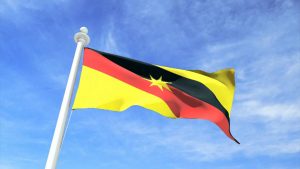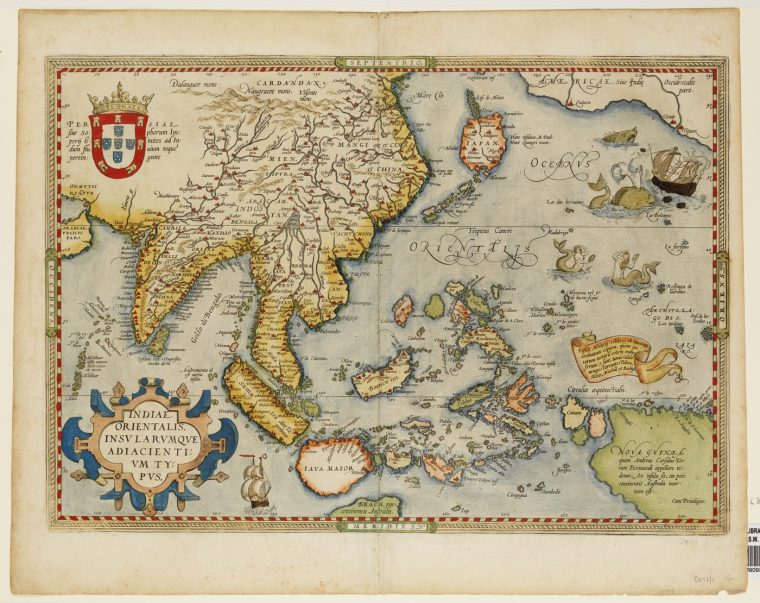
Disclaimer – This is the first part of a two-part series.
Rome wasn’t built in a day and the same can be said about our country, Malaysia.
While many of us are still fresh off the Hari Kebangsaan celebration, Malaysia Day seems to be another agenda most (if not all) of us look forward to. True, most of us know our history right from the era of the first British colonisation but how savvy are we when it comes to the history of the land itself, prior to the British?
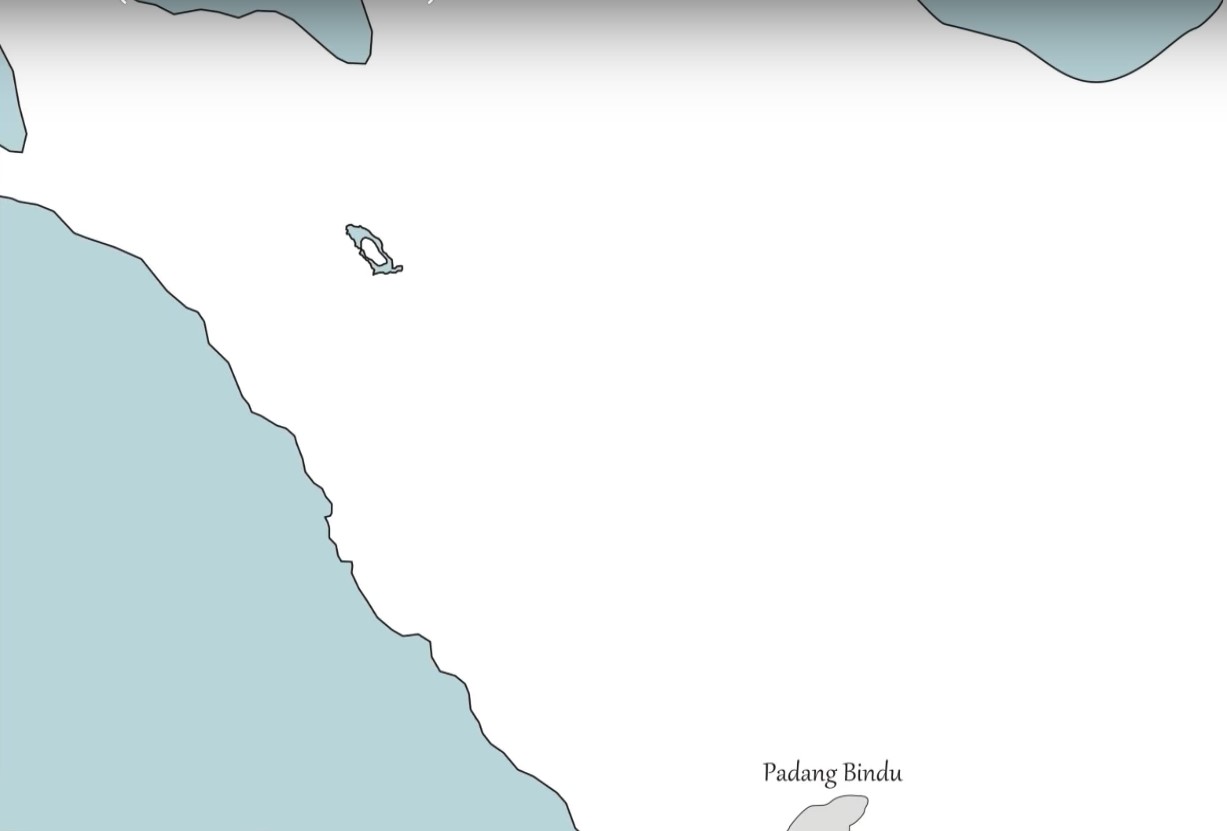
Let’s take a few steps back to discover the origins of this land we call ours. And when we say step back, we mean a few thousand years back where it all started with Sumatra – the dawn of modern human culture – 22,000 years before Christ was born. In chronological order:
1) The Start of Sumatra (75,000 BC)
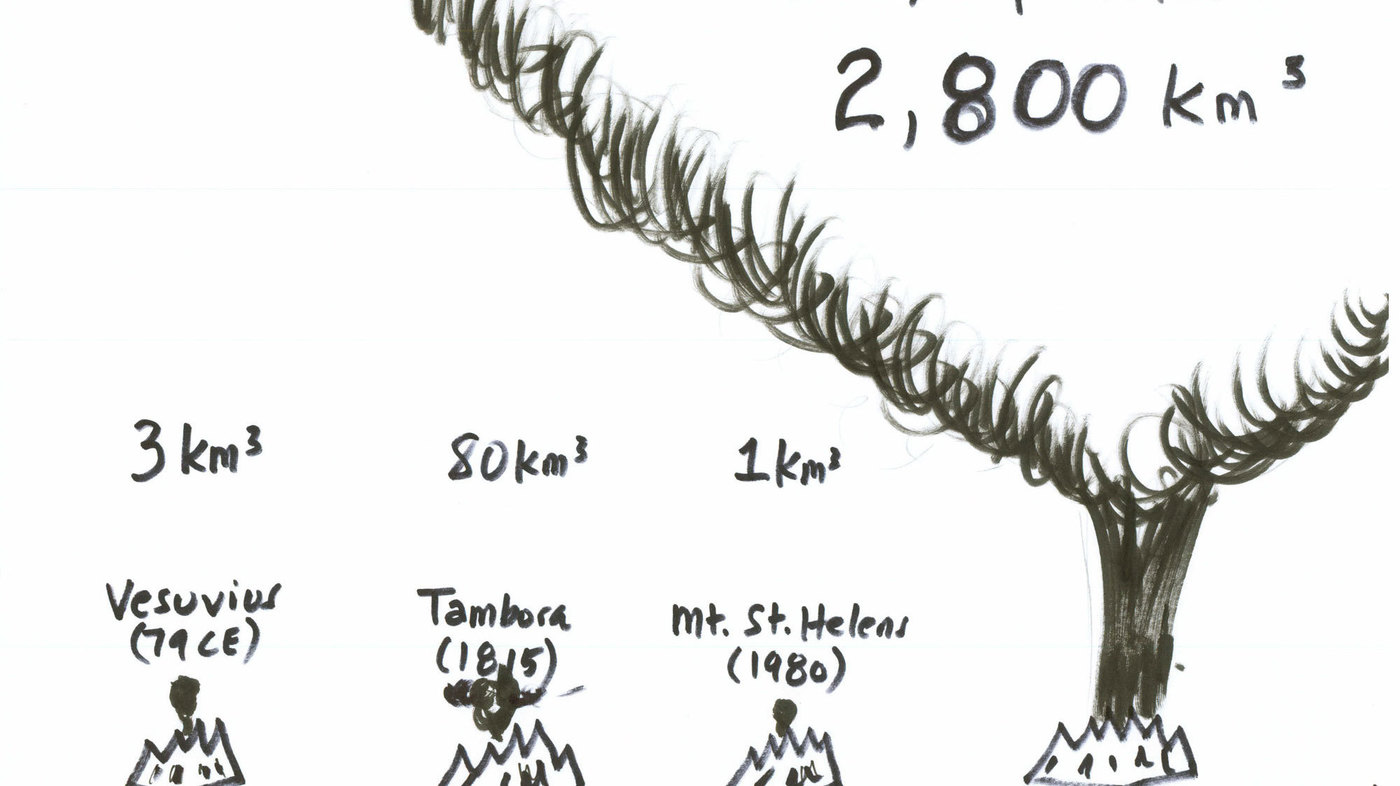
Destruction creates life.
The biggest volcanic eruption in the age of mankind – the Toba erupted 75,000 BC and nearly wiped out mankind, killing off most plants, animals and human population at that time – according to the Toba Catastrophe Theory. With a force so great, the supervolcano created the largest volcanic lake in the world – Danau Toba before the mass land it sits on gradually parted ways, with Sumatra pushed out into an island from the mainland, known today as Peninsular Malaysia.
This in turn gave way to the start of the modern culture era where Sumatra soon evolved and paved the introduction of the earliest kingdoms – notable ones include Kerinci, Sriwijaya to Dharmasraya in the 11th century with Kandis as the earliest recorded kingdom – formed one year Before Common Era as the oldest kerajaan in Sumatra.
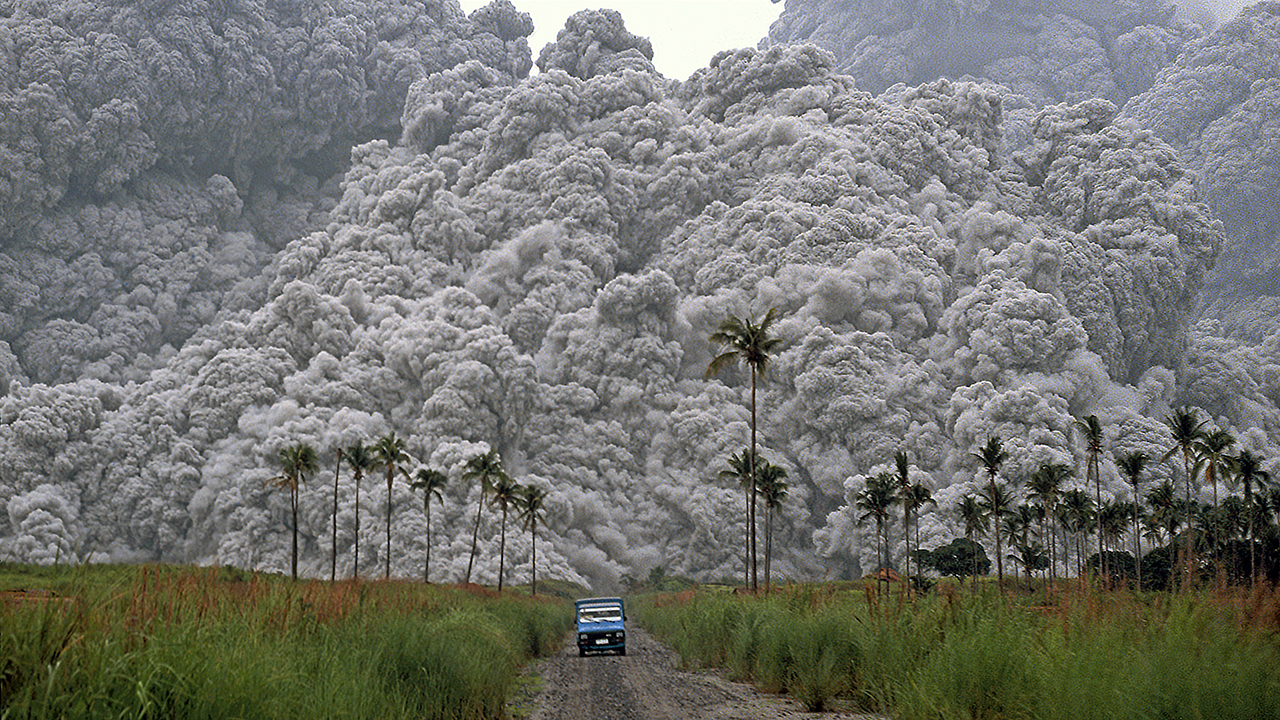
2) The Modern Civilization (500 AD)
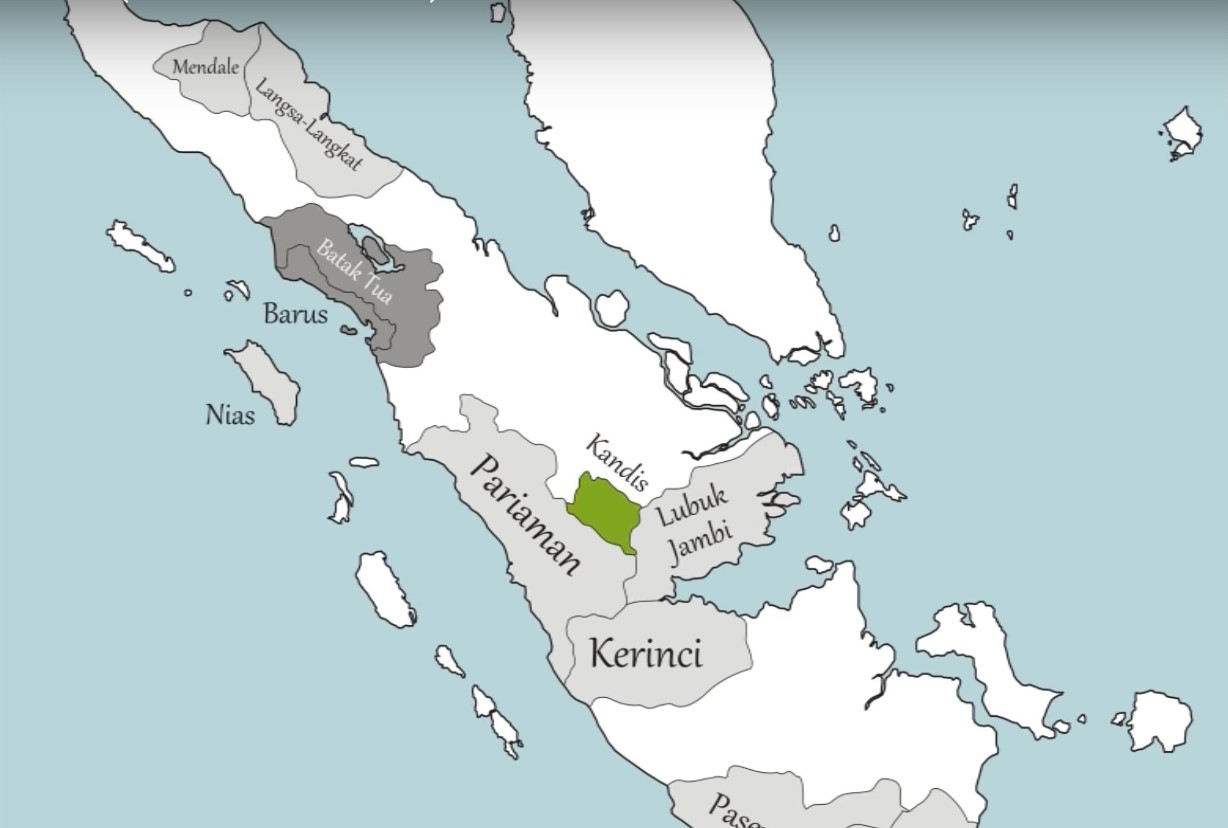
Modern civilization took over from the start of Kandis before the existence of other strong kingdoms like Barus, Kandali, Koying, Nagur, Skala Brak and Tulang Bawang. The great Jambi then started to spread its wings around 645 AD, growing bigger by the day. This was also the start of the supreme Sriwijaya, coming only second to Jambi before taking over the reign circa 670 AD. The might of Sriwijaya spread all over Sumatra up to the lands we know today from Singapore all the way up to the northern regions of Peninsula.
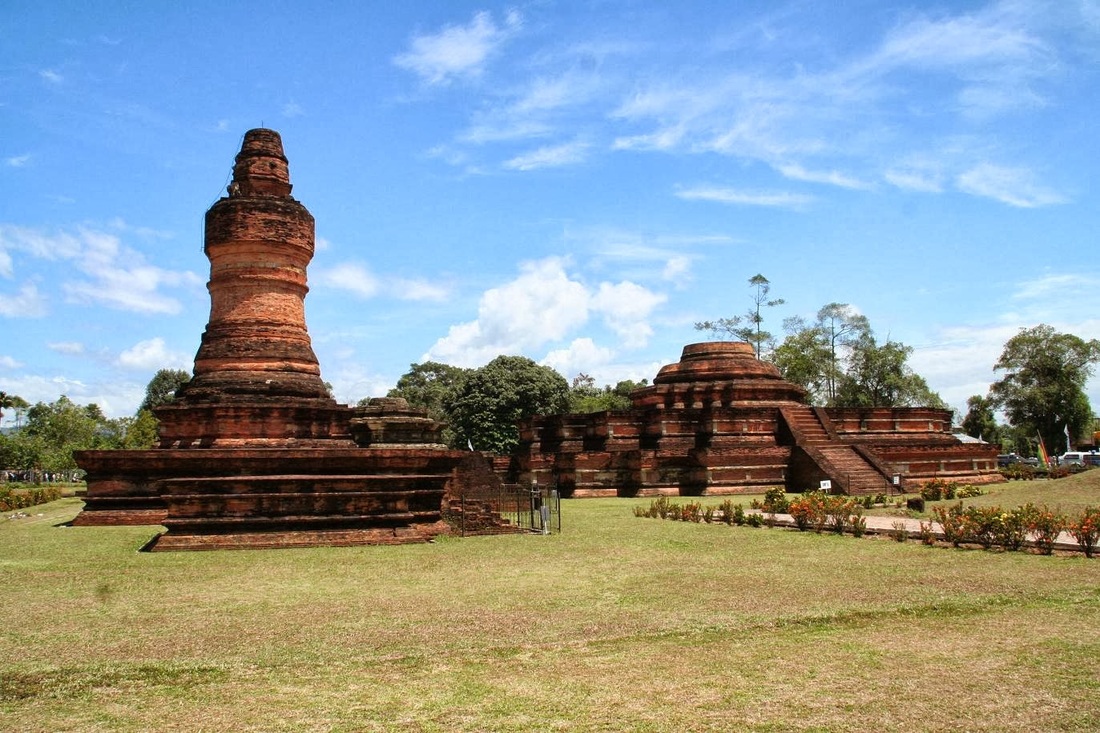
3) The Rise of the Chola (1,020 AD)
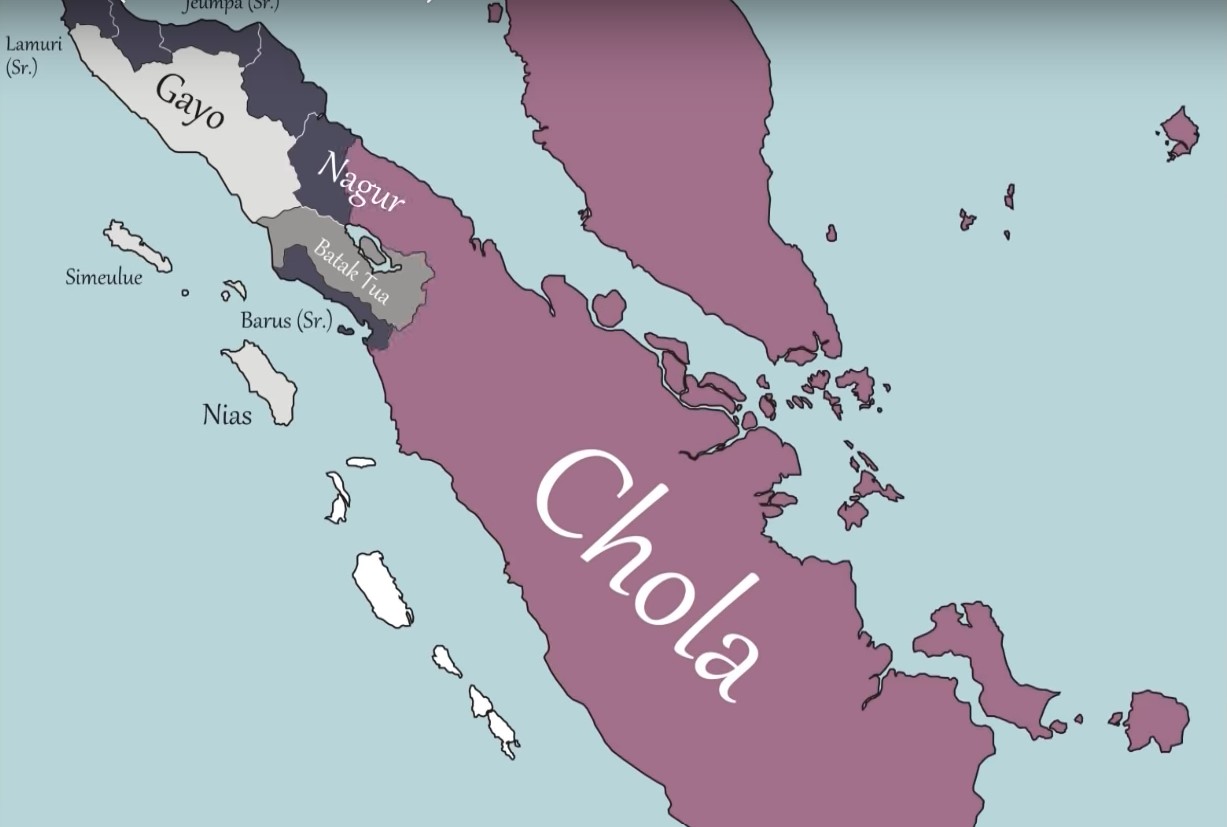
As one of the longest-ruling dynasties in history, the Chola Dynasty came to power circa 1030 AD with the extent of their authority expands from the Tamil dynasty to the kingdoms of Sumatra. Chola became a military, economic and cultural powerhouse, setting the foundation of the culture we know of today, from language, art to food. Using the might of its ancient Indian sea power, the Chola empire led by Rajendra Chola stormed and raided cities of Srivijaya, overtaking the Sumatran kingdom in a few short years.
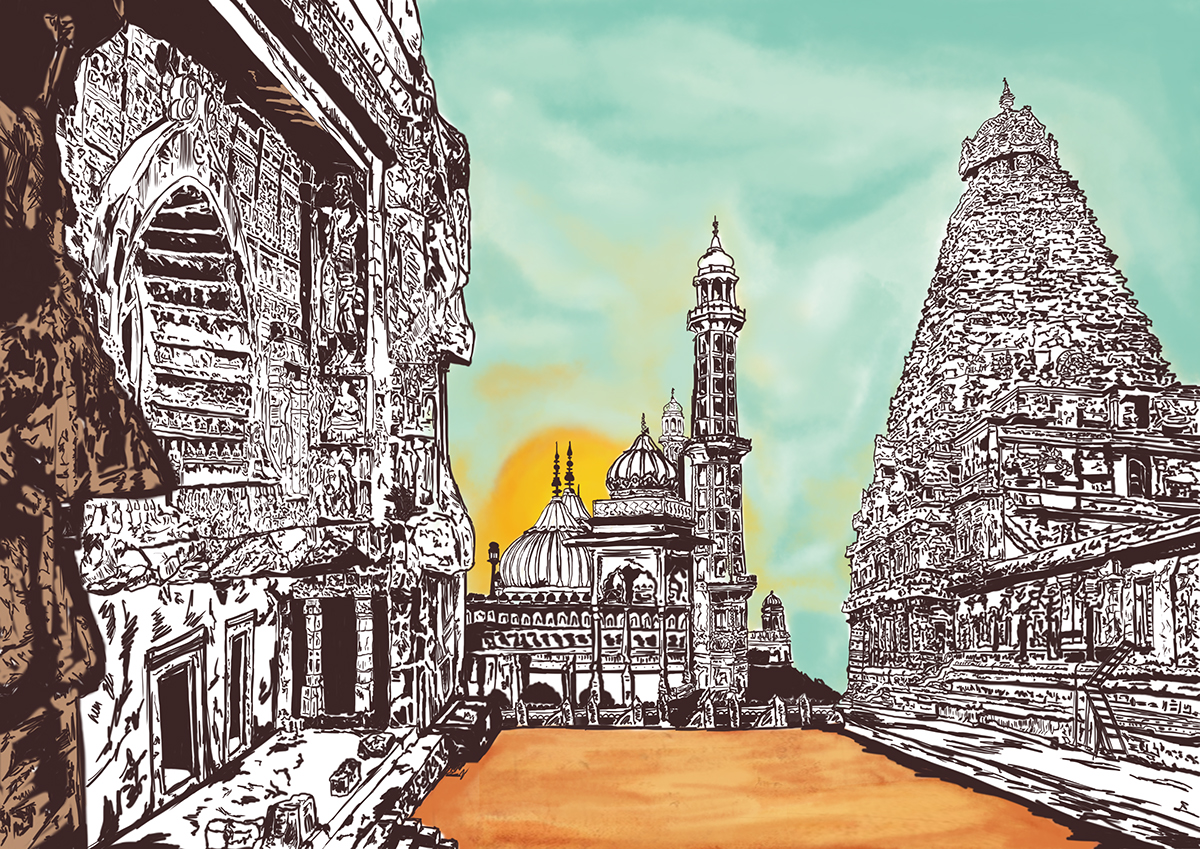
4) Karma Dharma (1,080 AD)
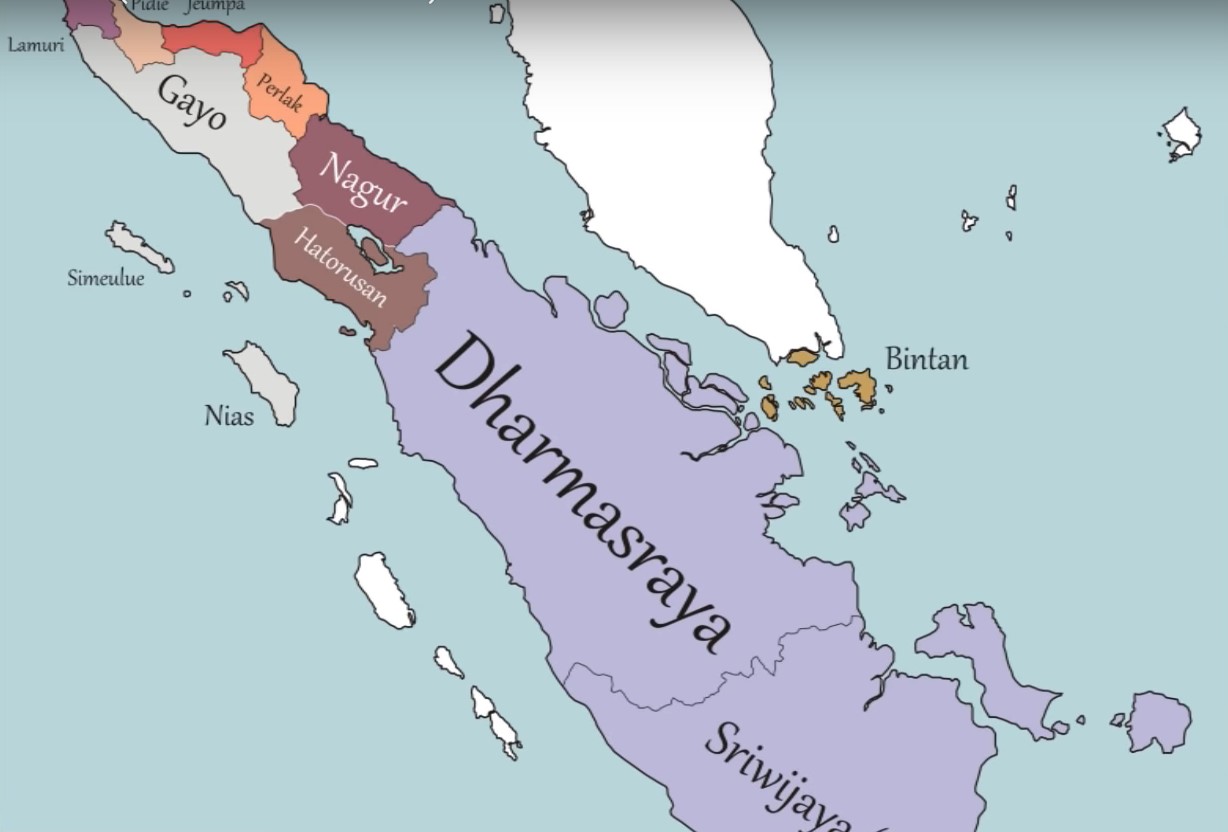
The Srivijaya-Chola saw its downfall in 1,025 AD but the heavy prominence of the Indian empire gave birth to a new breed of civilization, the Malay-Hinduism kingdom called Dharmasraya in the 11th century. Based in modern-day Jambi and West Sumatra, Dharmasraya (Bhumi Malayu or Suvarnnabhumi according to Padang Roco inscriptions) became an independent kingdom built from the ashes of Srivijayan mandala (circle) before taking over every inch of Sumatra, including today’s Peninsular Malaysia.
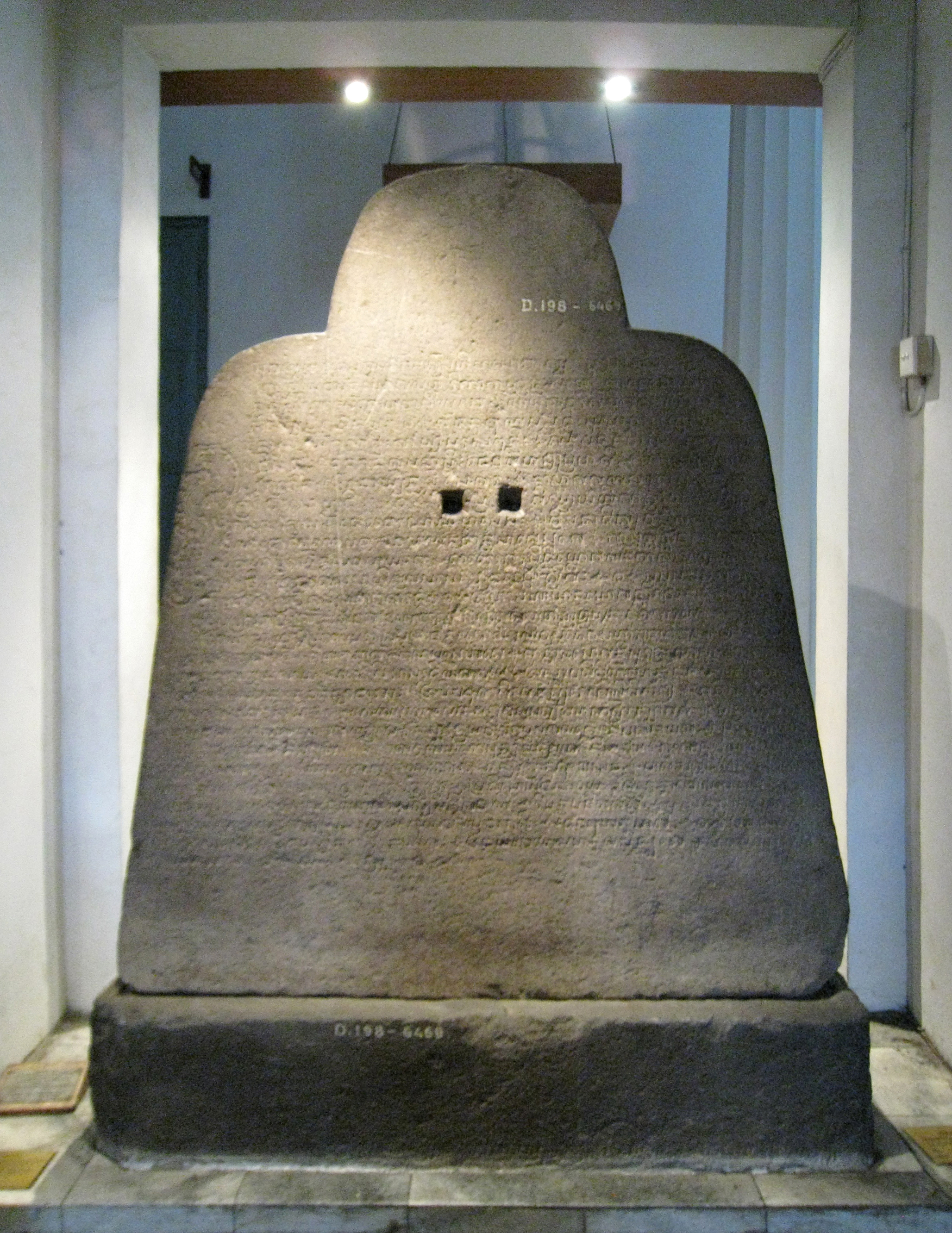
5) The Mighty Majapahit (1290 AD)
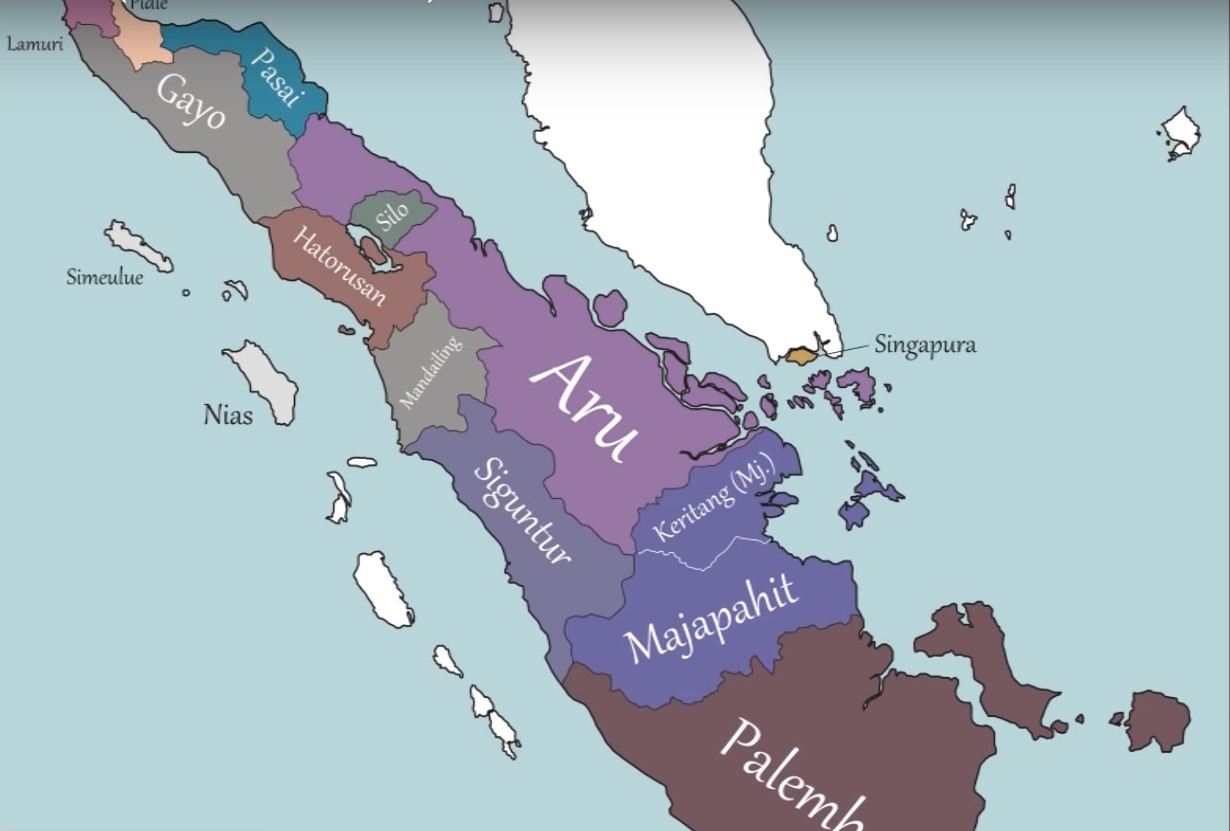
For close to 300 years the Dharmasraya kingdom reigned supreme before the rise of a new, Nusantaran kingdom, the Majapahit over two decades later. This new Javanese-Hindu empire came from the island of Java, reaching its glory in the era of Hayam Wuruk and his prime minister, the famous Gajah Mada. So powerful the command of Majapahit that it’s rulings stretched from Sumatra to New Guinea, covering major land mass consisting of present-day Malaysia, Singapore and Brunei. Majapahit went down in history as (one of) the last, most powerful Hindu empires in SouthEast Asia. During the reign, Majapahit also saw a smaller kerajaan – Singapura erected in 1299 AD.
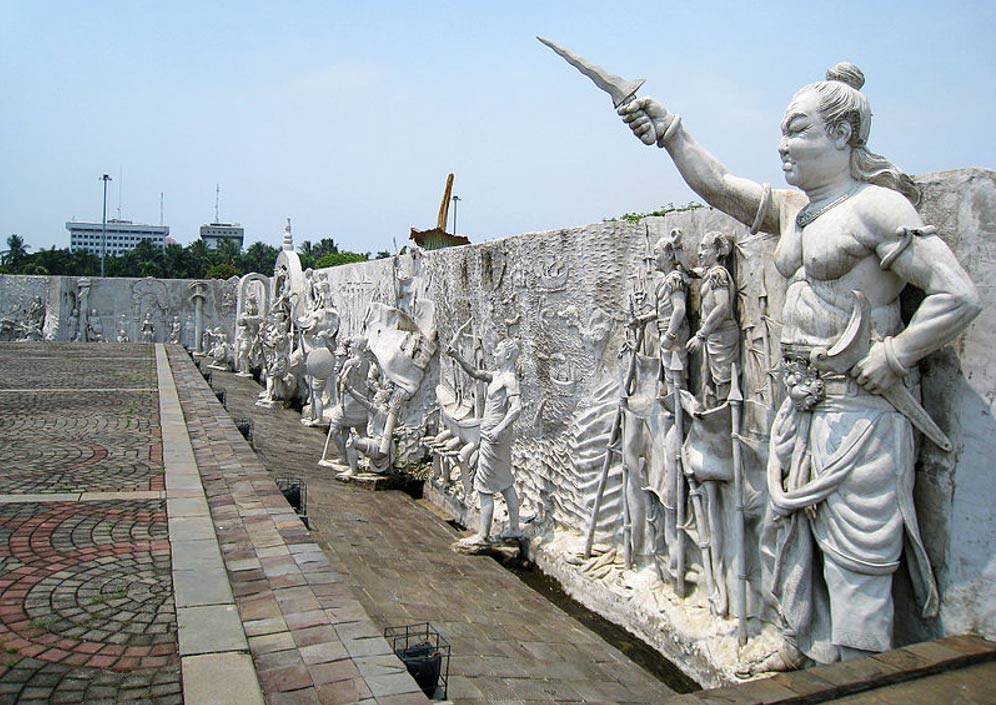
6) And Then Came the Thais (1370 AD)
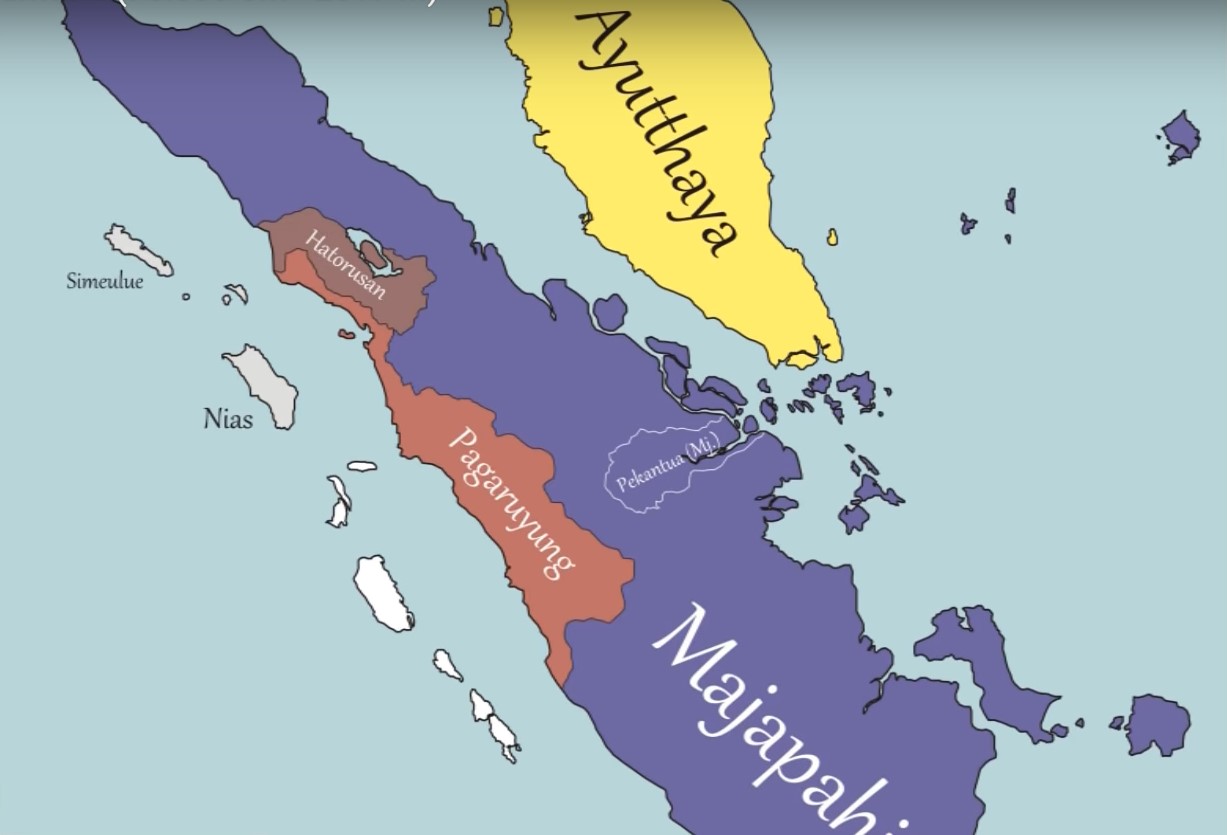
Nearly a century of tenure, the Majapahit kingdom finally breaks down into smaller, more distanced administrations especially with the rise of Palembang and Pagaruyung. But the real threat came from above – the Siamese kingdom of Ayutthaya, sweeping in from 1370 AD, closing its gaps further down to today’s Perak, East Coast states and Selangor before the northern empire gained total control over the whole Malay Peninsula in 1380 AD. Also spelled Ayudhya, the empire headed by King Narai was described by foreign traders as the wealthiest cities in the East, letting trade activities run free from the likes of Chinese, Vietnamese, Portuguese, Indians, Japanese, Koreans, Persians and later Spaniards, Dutch, English and French traders.
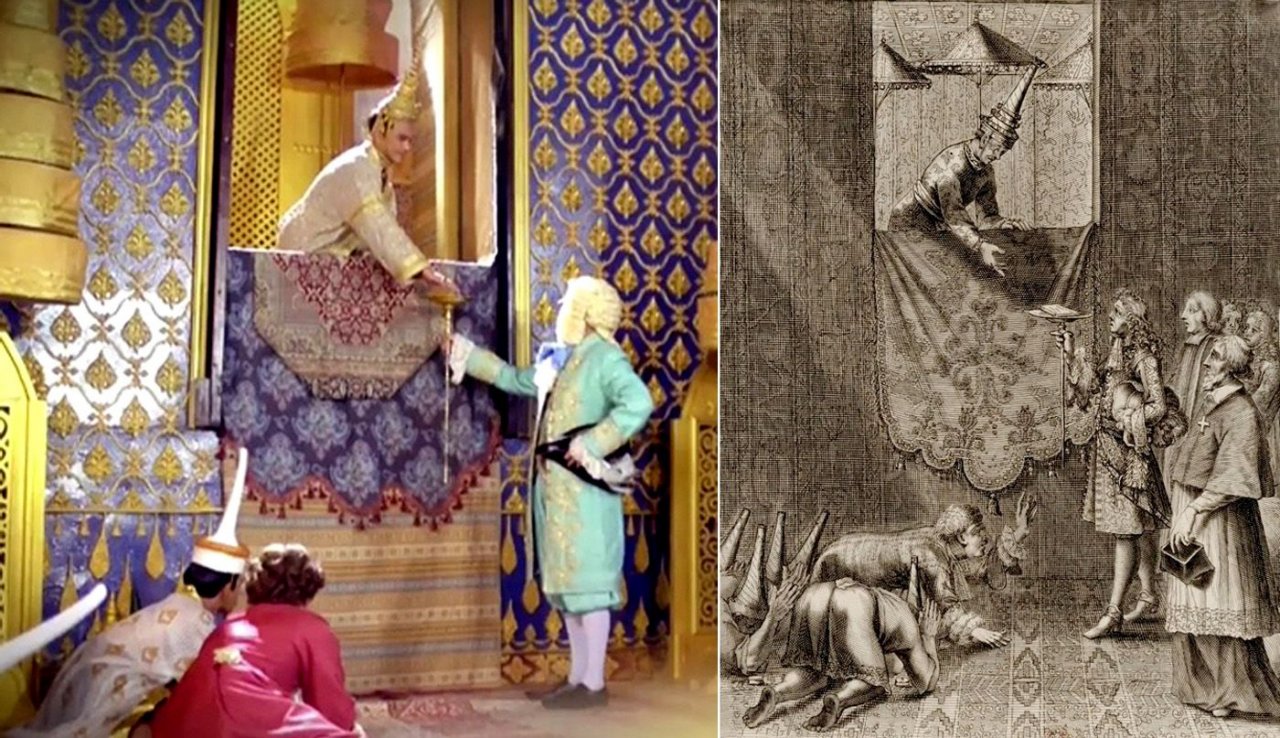
7) This is Melaka!

During the height of the Siamese regime, there was one small state that chose not to bow to such power. Written in history as Malaka, the small state flourished as the greatest trading port. Governed by the Kesultanan Melayu Melaka (a Malay Sultanate founded in 1,400 AD by Parameswara – also known as as Raja Singapura), the small kingdom contested for sovereignty from Ayutthaya. This request for freedom however did not go well as the Siamese immediately launched waves after waves of attacks on Malacca but to no avail because the port city at that time, had a big brother, and its name was China.
Realising its determinants against the colossal Ayutthaya, Malacca led by Iskandar Shah (Parameswara) sought help from its much-larger advocate, specifically the Ming Dynasty to fortify the portland diplomatically, economically and also on military grounds. Led by Admiral Zheng He, the dynasty then established a base in Malacca, positioning its strategic powers against the Siamese. With this umbrella partnership, Malacca blossomed as a world-renowned port and trade city, becoming Ayutthaya’s greatest foe to a point where Malacca – 50 years later – started to expand its conquest to cover all regions of the Peninsula and also across the straits – taking over what once was Pagaruyung and the mighty Majapahit.
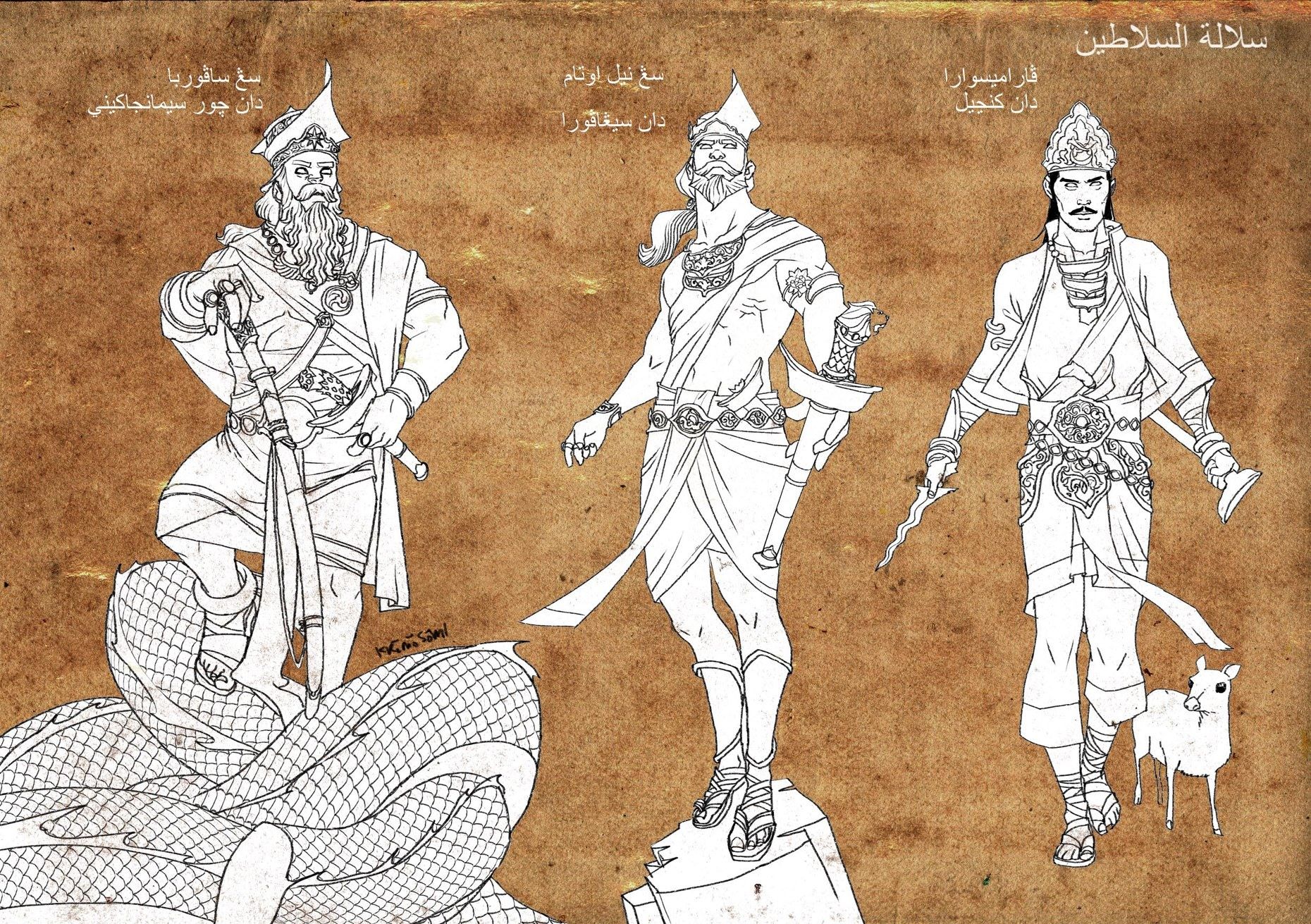
Things were great until a sophisticated fleet arrived in 1511 with a very ambitious general, statesman and conqueror leading a long and treacherous conquest across rough seas and hostile monsoon winds to claim Melaka his reign.
His name was Afonso de Albuquerque and his mission went down the books as the farthest territorial conquest in the history of mankind.

8) The Southern Tigers (1528)
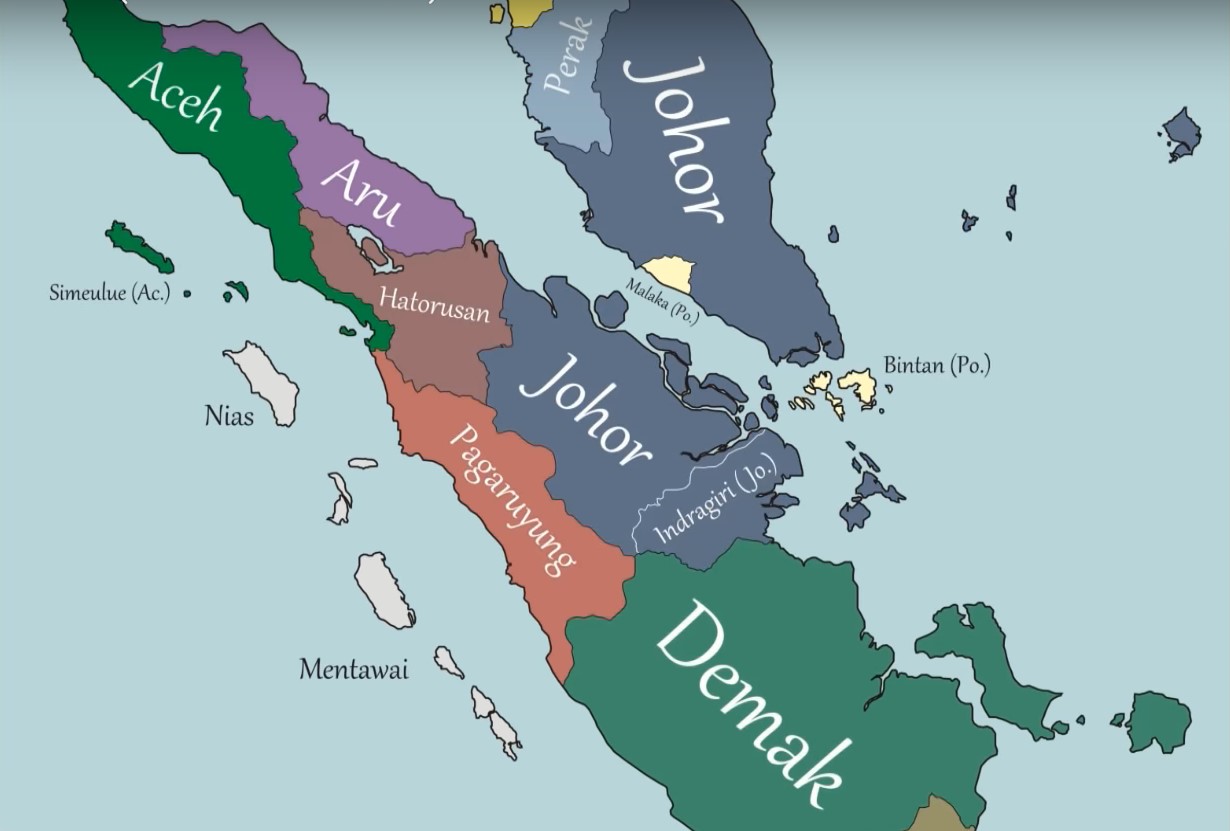
Many would wonder the prowess of the Johor Sultanate we know of today. Founded by the son of Sultan Alauddin Riayat Shah II, the southern empire was actually part of Melaka before Alfonso took over the former sultanate, leaving most parts of Sumantra under the wings of the Johor sultan. The Johor-Riau dominance ranged far and wide, from Klang to Singapore and across the straits to Siak in Sumatra. Johor however, had to bow to the Ottoman (Turkish) Empire who came to set a foothold in Aceh, conquering Johor along the way in 1564.
The divide was then made worse during the colonial era when the mainland part of the Johor-Riau empire went to the British while the Sumatran portion went to the Dutch. Johor would then join the Federation of Malaya with its Riau (Dutch) part became Indonesia, much later in the years.
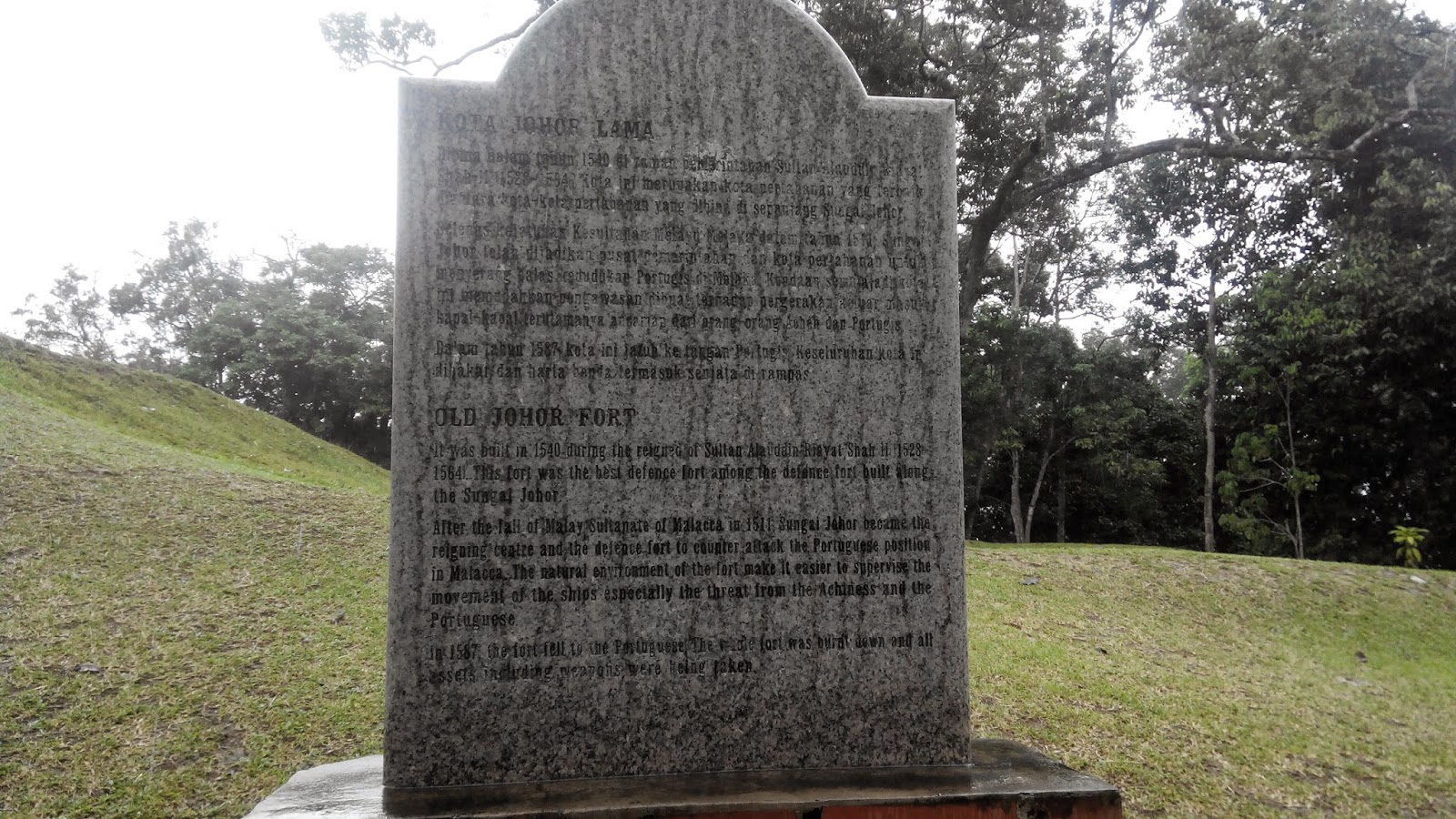
9) The Height of Islam
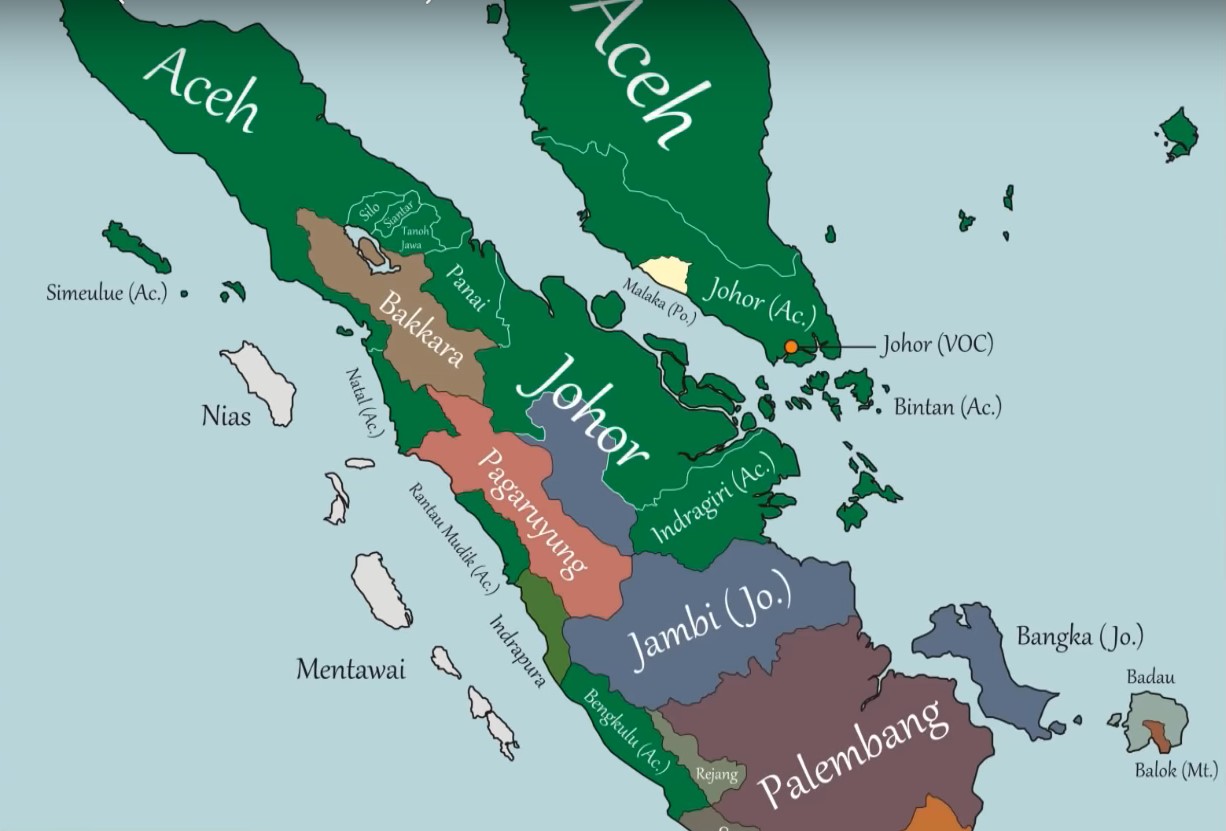
Though there’s no accurate answer to the earliest entrance of Islam, Aceh however was the most prominent center for the religion this decade. Known as the Kingdom of Aceh Darussalam, the Aceh Sultanate started to gain control over most parts of Sumatra during the late 1500s and early 1600s. A sworn enemy against Portuguese-controlled Malacca and the Johor kingdom, Aceh proved its worth with its military strength, taking over the whole Malay Peninsula (sans Melaka) in 1621 before being pushed back by the Johor Sultanate 10 years later. Aceh’s reign of power was also noted as the height of Islam in Nusantara with the court of Aceh becoming the centre of Islamic scholarship and trade.
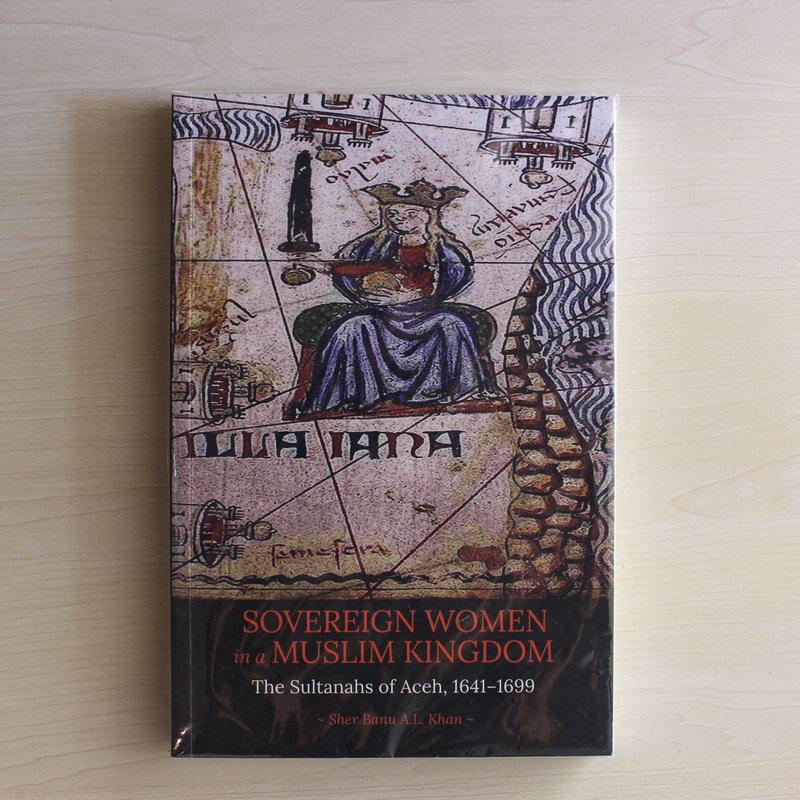
10) Johor Divided
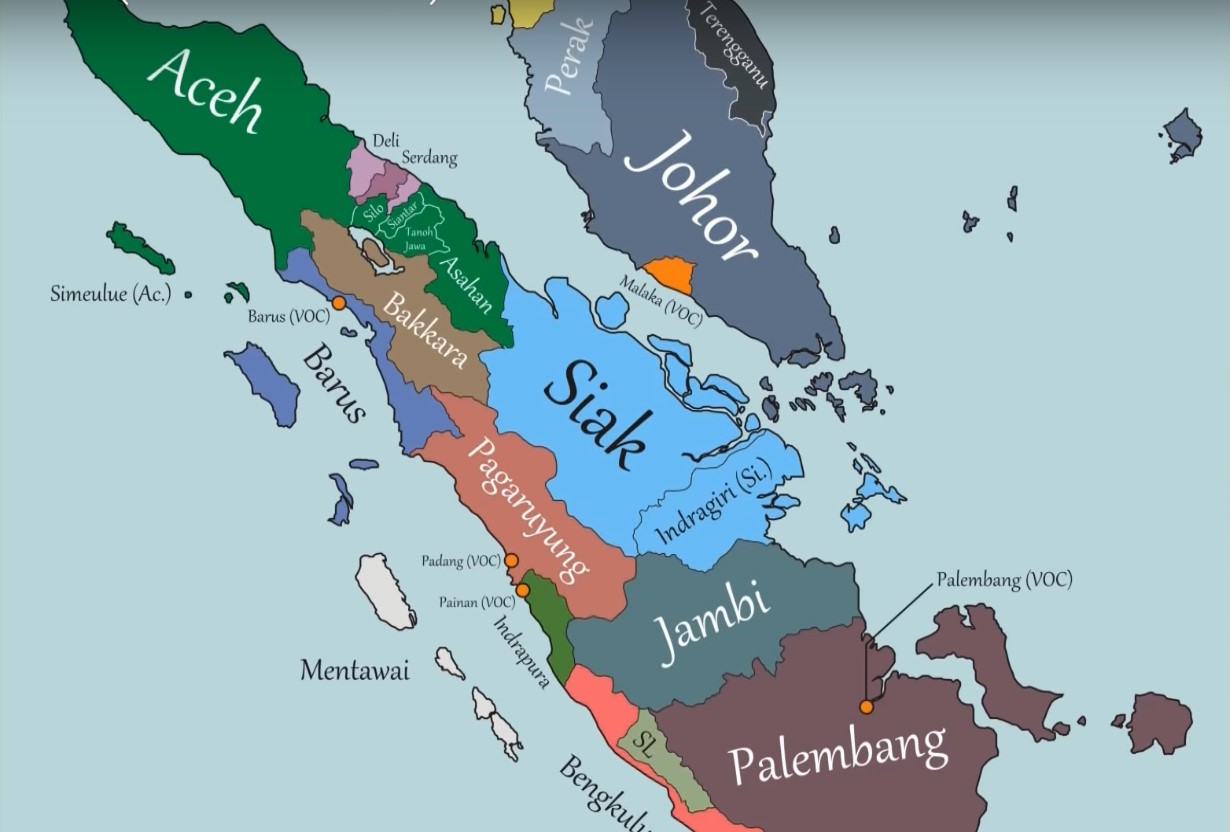
There’s no question why Johor played a part in the formation of this land. Holding on to power for over two centuries, the Johor Sultanate retreated its grasp over Sumatra, focusing only on most parts of the Peninsula. By 1730s, Johor was off the straits, leaving Aceh, Siak, Jambi and Palembang to run Sumatra while the Malay Peninsula developed new states like Perak, Terengganu and Selangor.
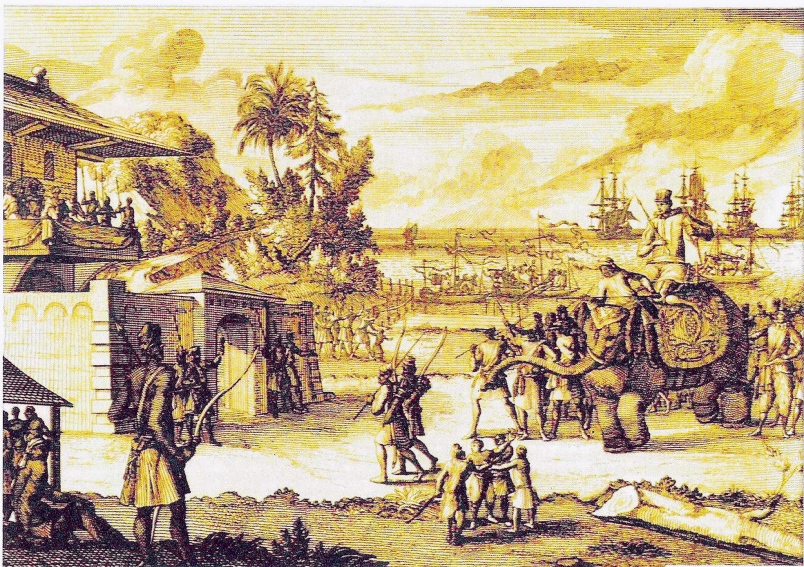
11) Enter the Englishmen
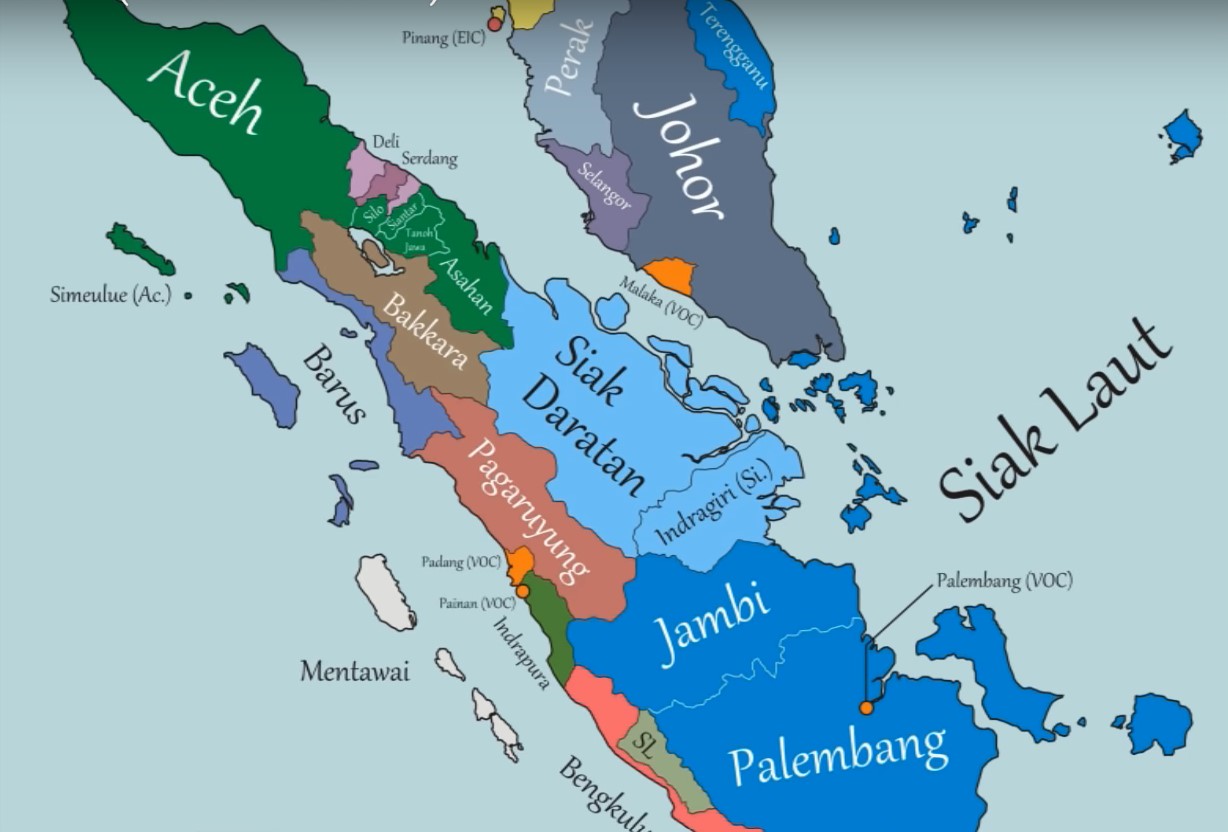
The British first came to Malaya in 1771 during the slow formation of the Peninsula states. At a time when the land wasn’t governed by one single administration, the British sent former naval officer working for the East India Company, Francis Light to Penang to come to terms with then Kedah sultan, Muhammad Jiwa Shah. In a bid to dominate trade activities in the straits, the British used its military upper hand to ‘help’ the sultan fend off threats, especially from the Siamese-Burmese altercations that had Kedah receiving the worse end of the bargain. The sultan’s heir, Sultan Abdullah Mahrum Shah on desperate grounds gave Penang away to Light in exchange for military defense.
It was all an empty promise of course, when the British refused to send aid despite Light’s prior agreement with the sultan, forcing Abdullah to cast the Englishman off the island to no avail as Kedah was no match for the British. The sultan eventually was compelled to sign a deal, allowing permanent residency for the British, inadvertently marking the beginning of the monumental British colonisation in Malaya.
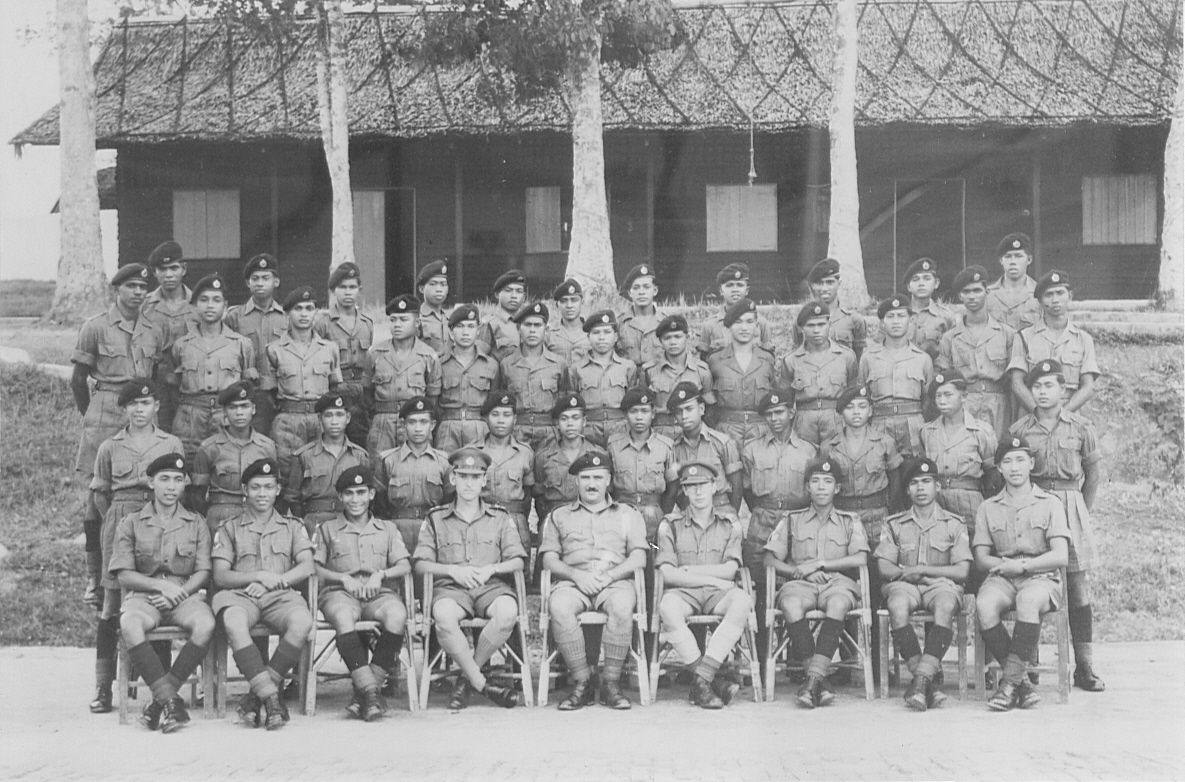
Over a century later, they thwarted the governance of Perak, Selangor, Malacca and Singapore, paving the way for the formation of the Straits Settlements. Little did everyone know that a much larger, imminent threat was about to set foot in Malaya six decades later that will forever be the nation’s darkest hours – the rise of the Nippon.
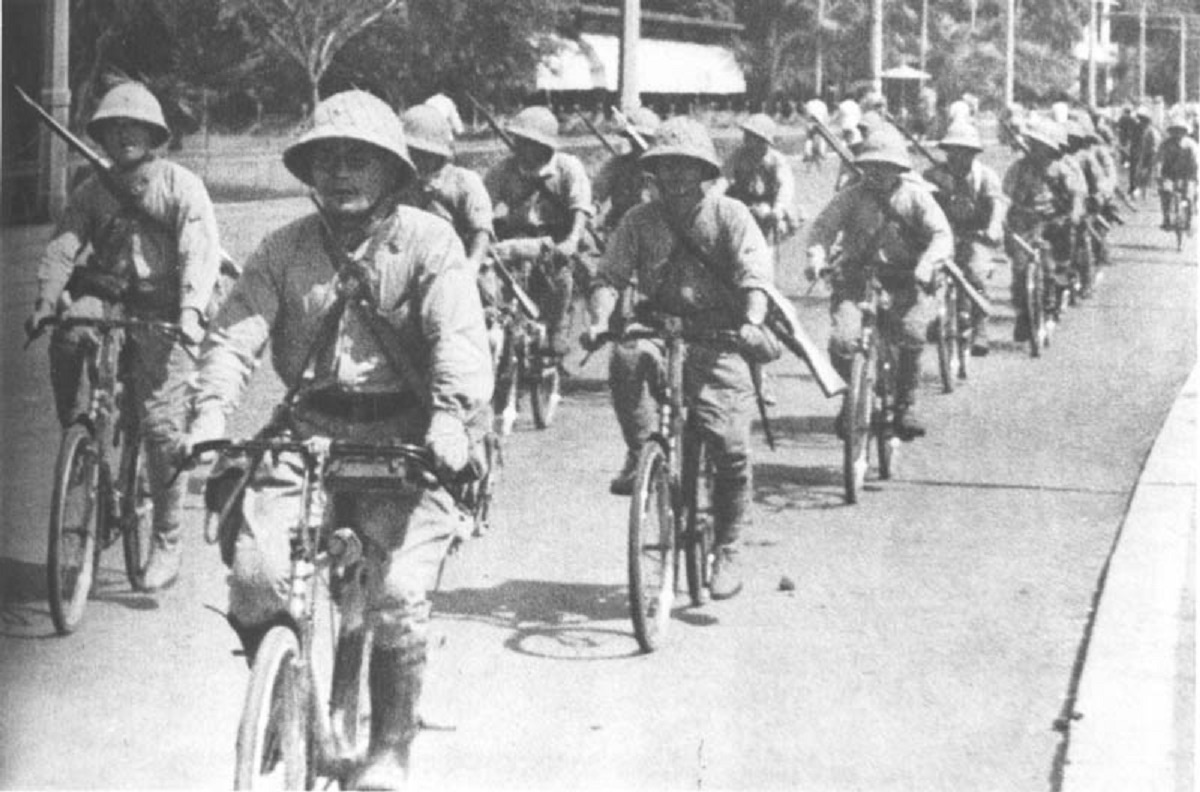
If you like this article, follow our Instagram and Facebook for more awe-inspiring updates. Stay tuned for the second part of this article – The British takeover and the Japanese occupation.

